Exchange-Traded Funds (ETFs) have revolutionized the investment landscape, offering a diverse range of asset classes for investors. These funds track indexes, commodities, or other assets and trade like individual stocks. In recent years, a new entrant into the ETF market, known as “ETFSwap,” has gained attention. As a newer form of exchange-traded funds, ETFSwap represents a new approach to managing the cost and efficiency of ETF trading. In this article, we will explore the concept of ETFSwap prices and compare them with traditional ETFs to understand which option provides better performance, cost-effectiveness, and suitability for different types of investors.
What Is ETFSwap?
ETFSwap is a relatively new financial product that combines the features of exchange-traded funds and swaps. It’s essentially an ETF that uses swaps to achieve its investment objectives rather than the traditional method of holding underlying assets. The key difference between ETFSwap and traditional ETFs lies in the structure of the product. While traditional ETFs directly hold the assets that they track (e.g., stocks or bonds), ETFSwap ETFs replicate the performance of an underlying index or asset by entering into swap agreements with counterparties.
In these swap agreements, the counterparty agrees to pay the fund the return of the tracked asset or index, minus fees and any other associated costs. The fund, in turn, pays a fee to the counterparty for providing the swap. This structure can allow ETFSwap funds to be more flexible in terms of trading, tax efficiency, and overall costs compared to traditional ETFs.
How Does ETFSwap Price Work?
The price of an ETFSwap is influenced by several factors, including the performance of the underlying asset or index, the cost of the swap agreement, and the fees associated with managing the fund. Unlike traditional ETFs, where the price is directly tied to the value of the underlying assets, ETFSwap prices are more influenced by the terms of the swap agreement, which can include fixed or variable fees.
Additionally, because ETFSwap ETFs often do not hold the underlying assets themselves, there is no direct exposure to the underlying asset’s market price. Instead, the price of the ETFSwap is based on the net value derived from the swap agreement. This means that ETFSwap prices may exhibit slight discrepancies from the actual market prices of the assets they track, especially in highly volatile or illiquid markets.
Traditional ETFs: A Conventional Investment Product
Traditional ETFs work on a straightforward model. They pool investor funds to buy and hold a basket of assets, such as stocks, bonds, or commodities, which mirrors the performance of a particular index. For example, an ETF that tracks the S&P 500 index would hold stocks that are part of the S&P 500, and the price of the ETF would rise and fall in correlation with the performance of the underlying stocks.
One of the primary advantages of traditional ETFs is their transparency. Since the underlying assets are held within the fund, the value of the ETF can be easily determined by looking at the market prices of the constituent securities. This provides investors with a clear understanding of how the fund is performing and makes traditional ETFs an attractive option for those seeking a simple, cost-effective investment product.
Traditional ETFs also tend to be more liquid because they are typically backed by actual assets, which can be bought or sold in the market. Additionally, these funds are typically more tax-efficient than actively managed funds due to their passive nature.
ETFSwap Price vs. Traditional ETF Price: A Comparative Analysis
To understand how ETFSwap prices compare with traditional ETF prices, we need to examine several key factors that can influence the cost and performance of these two types of products.
1. Cost Efficiency
When it comes to fees, ETFSwap products may offer lower management costs compared to traditional ETFs. This is primarily because the fund does not have to hold and manage the underlying assets directly. In traditional ETFs, the costs of managing the assets, such as transaction costs, custody fees, and other administrative expenses, can add up, making the overall cost of ownership higher.
ETFSwap funds, on the other hand, often bypass these costs by entering into swap agreements. These agreements typically involve lower transaction costs because there is no physical buying and selling of assets involved. Additionally, ETFSwap products often provide greater tax efficiency due to the lack of capital gains distributions, which are common in traditional ETFs.
However, it’s essential to note that ETFSwap funds still carry swap-related fees. The cost of these swaps can vary depending on the nature of the counterparty and the specific terms of the agreement. In some cases, the swap fees could outweigh the potential savings in other areas, making the cost benefit less clear for certain investors.
2. Transparency and Tracking Error
Traditional ETFs are known for their transparency. Investors can easily track the price of the underlying assets, and they can rely on the fact that the ETF’s performance will closely follow the performance of the index or asset it tracks. This transparency makes it easy to evaluate the ETF’s effectiveness and performance.
ETFSwap products, on the other hand, have a slightly more opaque structure. Since they rely on swap agreements rather than holding the underlying assets, it can be more challenging for investors to track how the ETFSwap is performing relative to the underlying asset. While ETFSwap providers often disclose the performance of the swap contract, there is still the potential for tracking errors. This occurs when the swap’s performance diverges from the performance of the underlying asset, often due to changes in the swap’s terms or other factors.
3. Liquidity and Market Efficiency
Traditional ETFs are typically more liquid than ETFSwap products. Since they hold actual assets in the fund, they can be traded like any other asset, and there is generally a well-established market for these ETFs. This liquidity is particularly important for active traders who may want to buy and sell their positions quickly.
ETFSwap funds may have less liquidity due to their reliance on swap contracts. While the liquidity of ETFSwap products has been improving, it is still a relatively new market compared to traditional ETFs, and the ability to trade quickly may be limited in certain markets or asset classes.
4. Performance and Risk
When it comes to performance, traditional ETFs generally offer a reliable and consistent track record of performance based on the underlying assets. Since they hold the actual assets, there is less risk of discrepancies between the ETF’s performance and the performance of the tracked index or asset.
ETFSwap funds, however, may be subject to counterparty risk. This occurs when the financial institution or counterparty involved in the swap agreement fails to fulfill their obligations. If this happens, the ETFSwap may not perform as expected, and investors could face significant losses. This counterparty risk is something that traditional ETFs do not face, as the underlying assets are held within the fund, and there is no reliance on third parties for the performance of the investment.
5. Suitability for Different Investors
Traditional ETFs are well-suited for long-term investors who seek a simple, passive investment strategy. They are also ideal for those who want clear, transparent investments that track the performance of an index or asset class. Additionally, because traditional ETFs are highly liquid, they are a good choice for active traders.
ETFSwap products, on the other hand, may be more suitable for sophisticated investors who understand the intricacies of swap agreements and are comfortable with the added risks involved. They can offer more flexibility in terms of cost-efficiency, but they come with a higher degree of complexity and may not be appropriate for all investors, particularly those with a low risk tolerance.
ALSO READ:Get Ready for the ETFSwap Presale: Your Opportunity to Join the Future of Digital Asset Trading
Conclusion
The decision between ETFSwap and traditional ETFs ultimately depends on the investor’s goals, risk tolerance, and investment strategy. While traditional ETFs offer a simple, transparent, and low-cost option for many investors, ETFSwap products provide an alternative for those looking for more flexibility and potentially lower fees. However, the complexity and counterparty risk associated with ETFSwap products make them a better fit for more experienced and sophisticated investors.
Investors should carefully consider the cost structure, liquidity, tracking error, and risk factors before choosing between the two. For many, traditional ETFs will remain the preferred choice, offering a time-tested and reliable way to invest in various asset classes. However, for those looking to explore newer, potentially more efficient options, ETFSwap may provide an intriguing alternative worth considering.
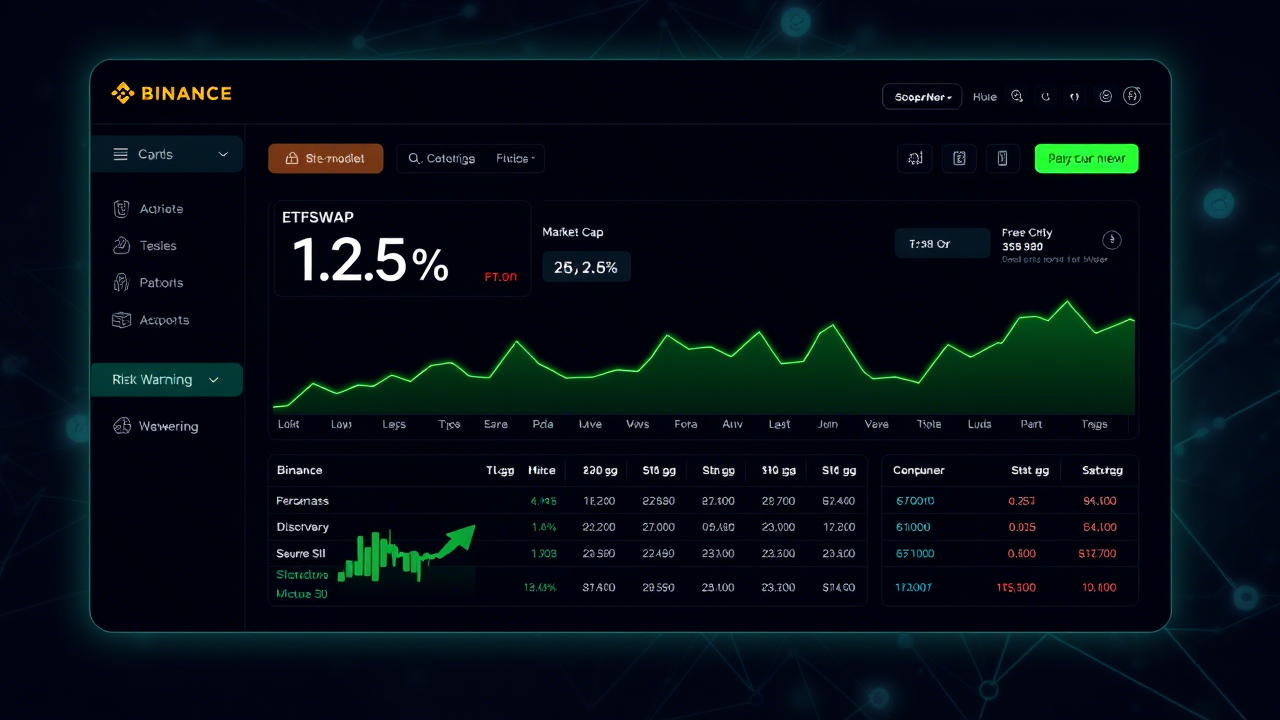

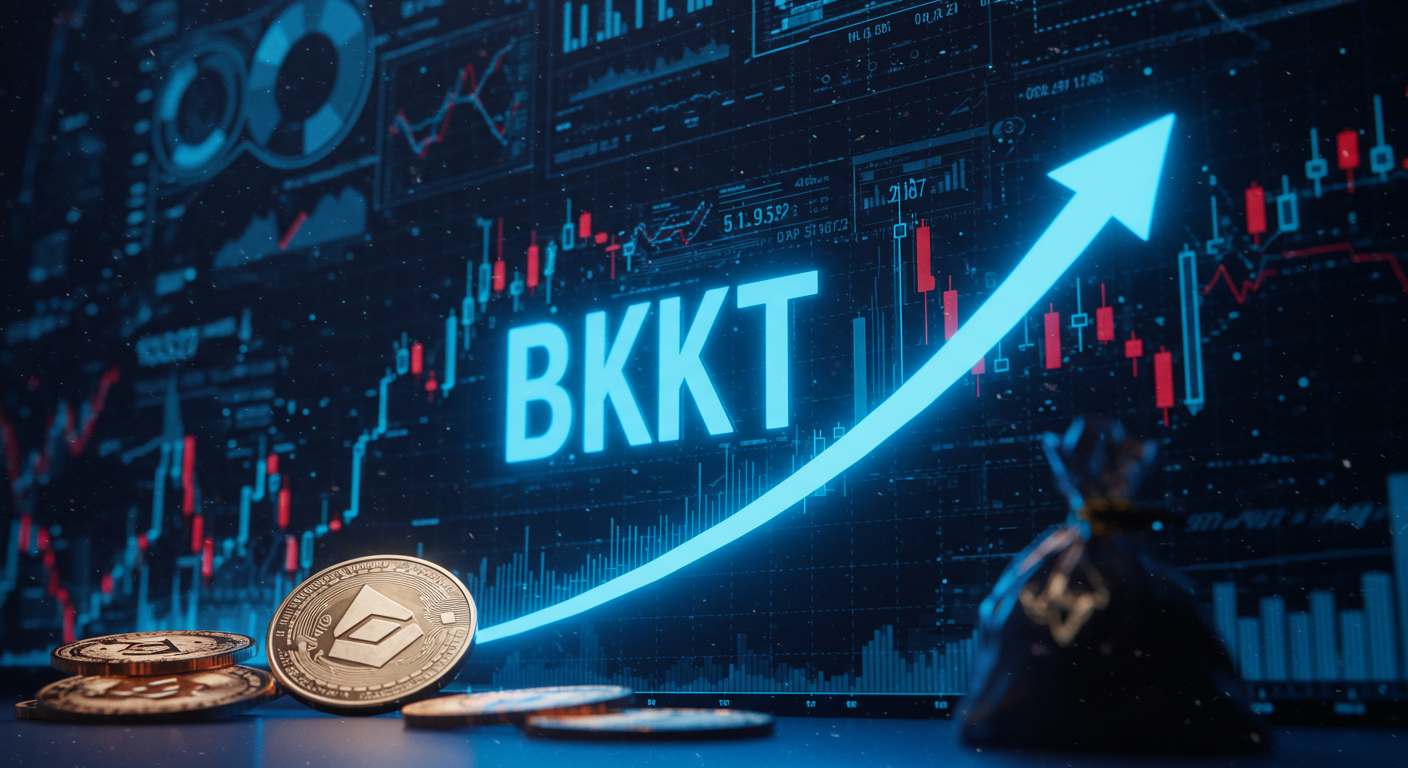

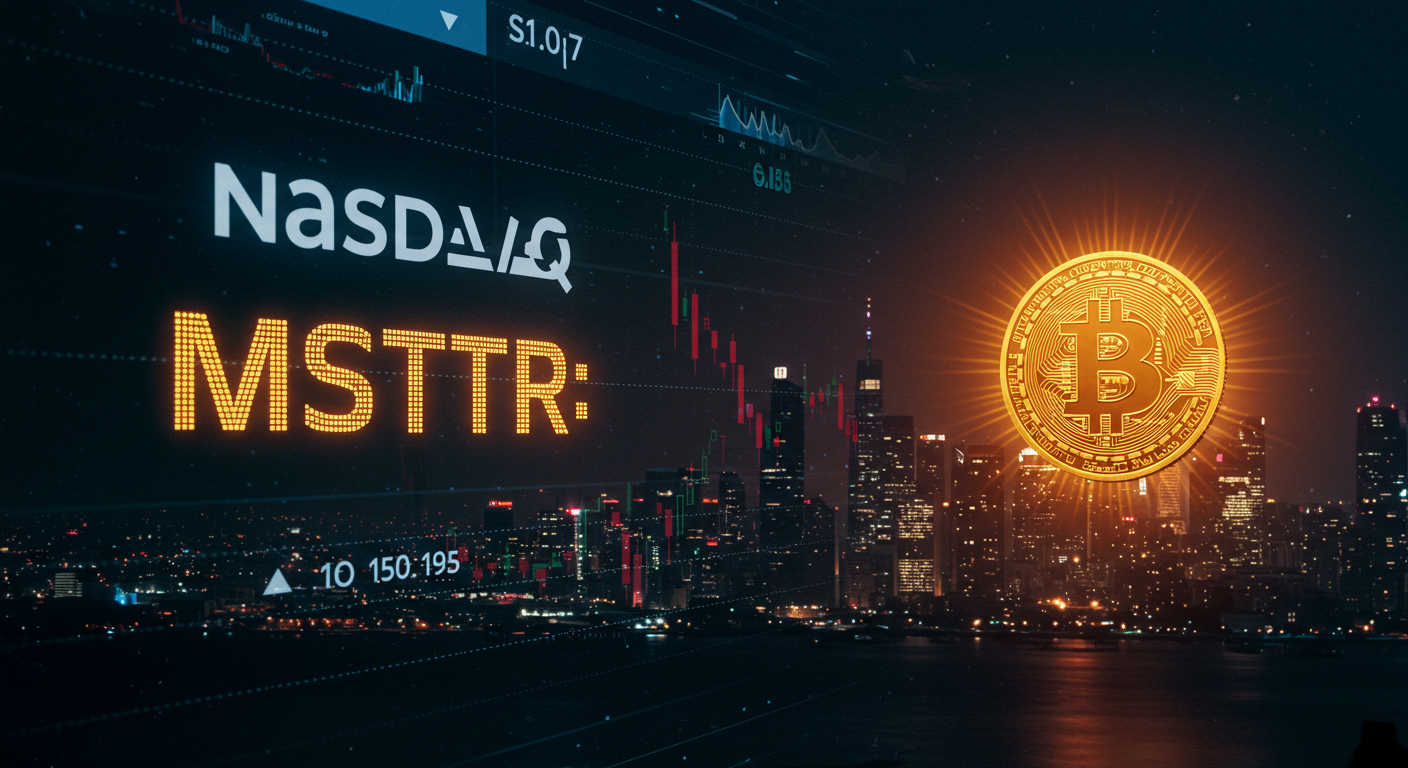




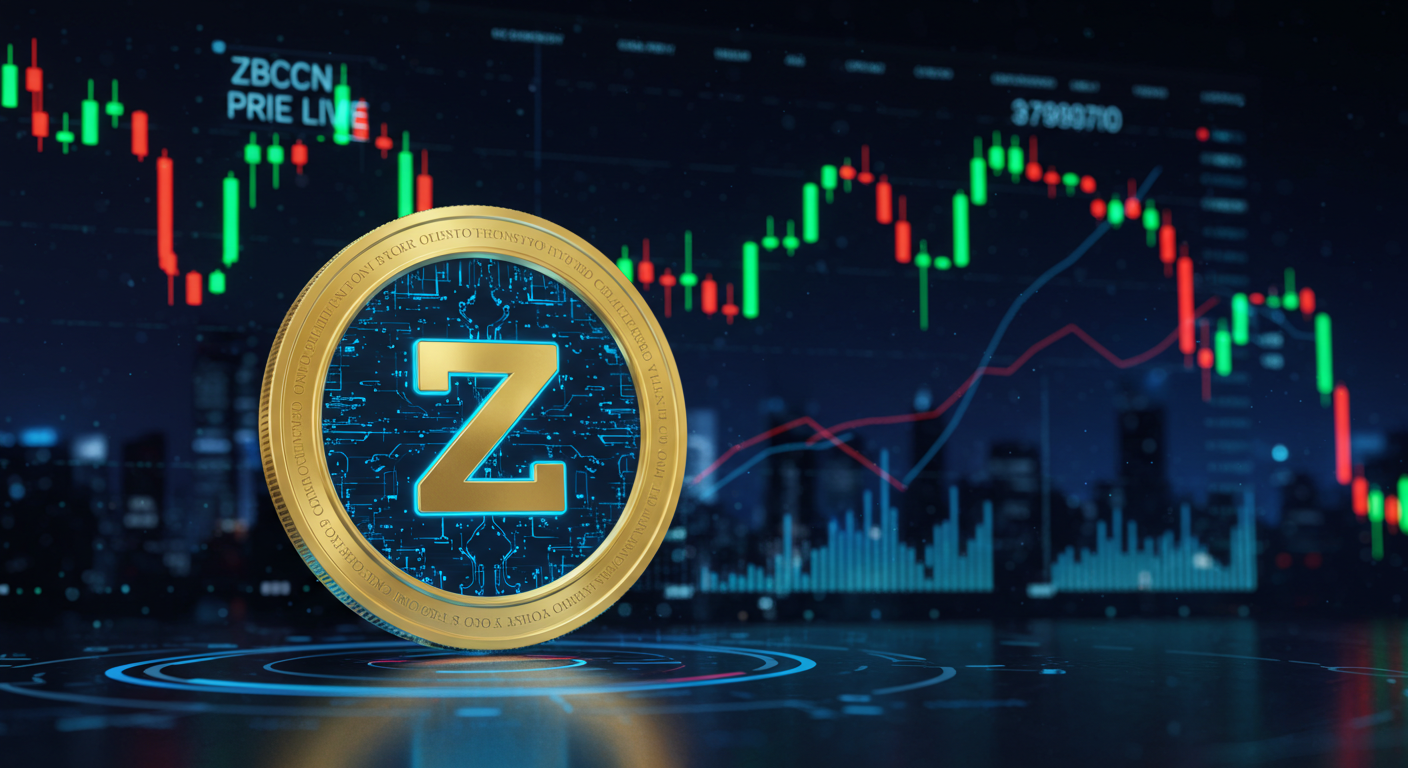

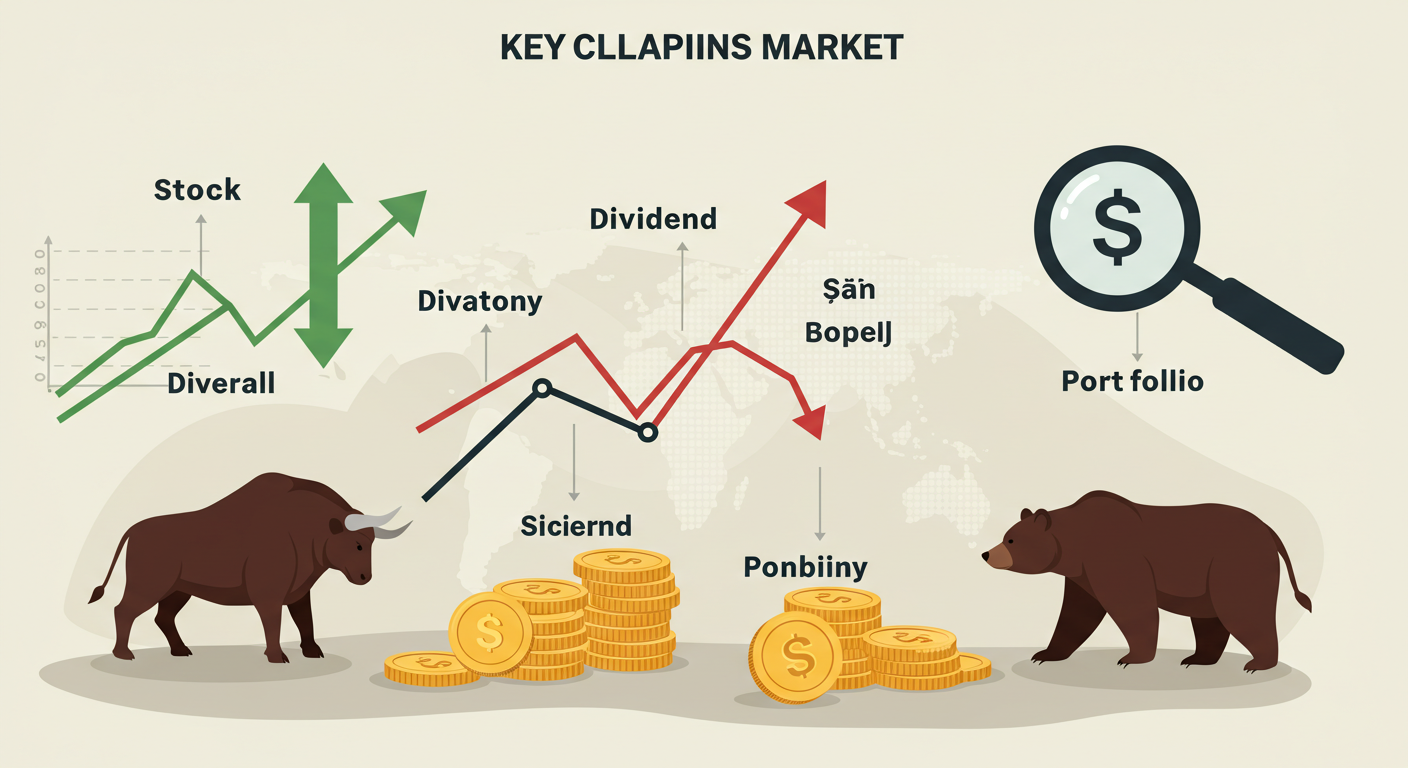
Leave a Reply